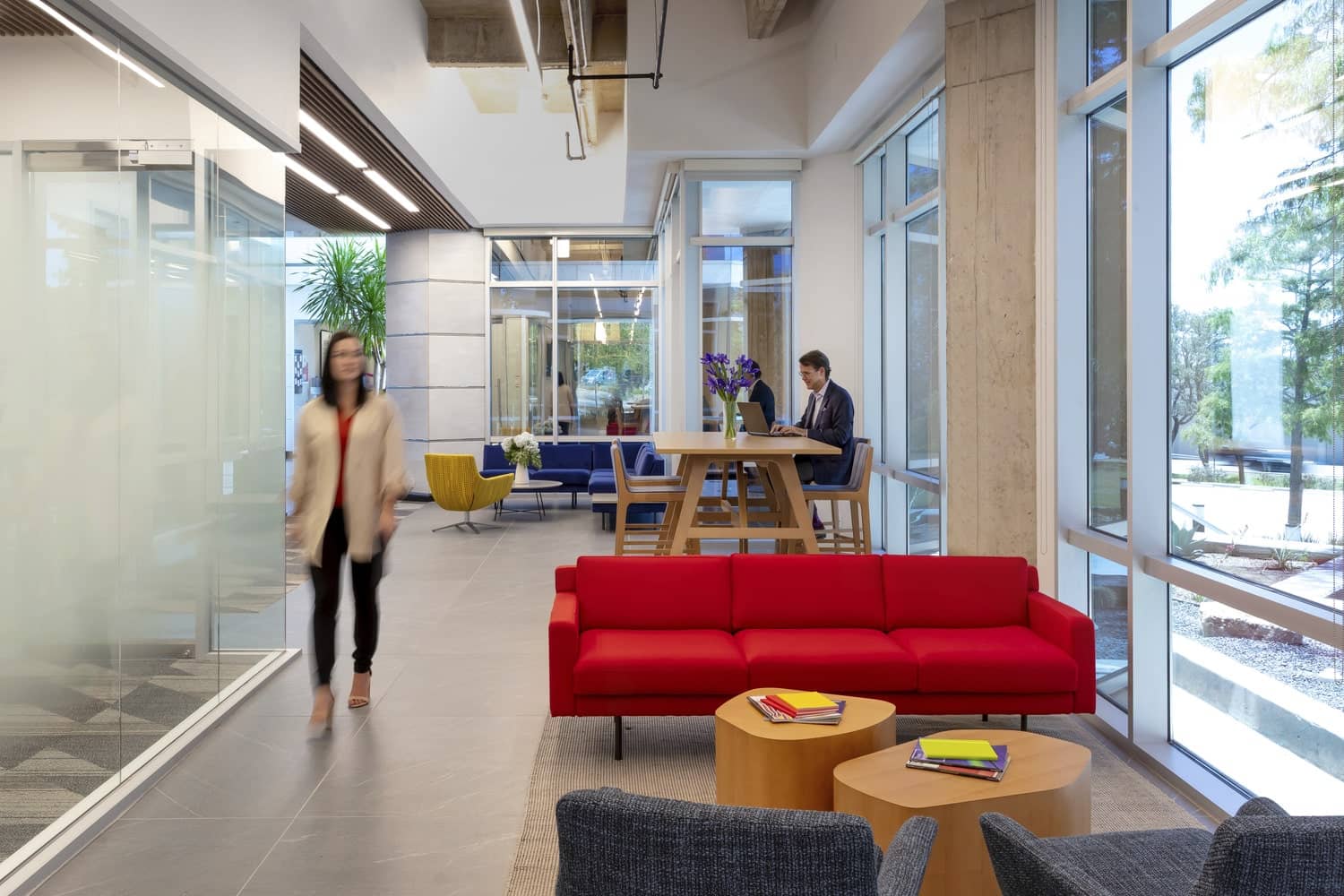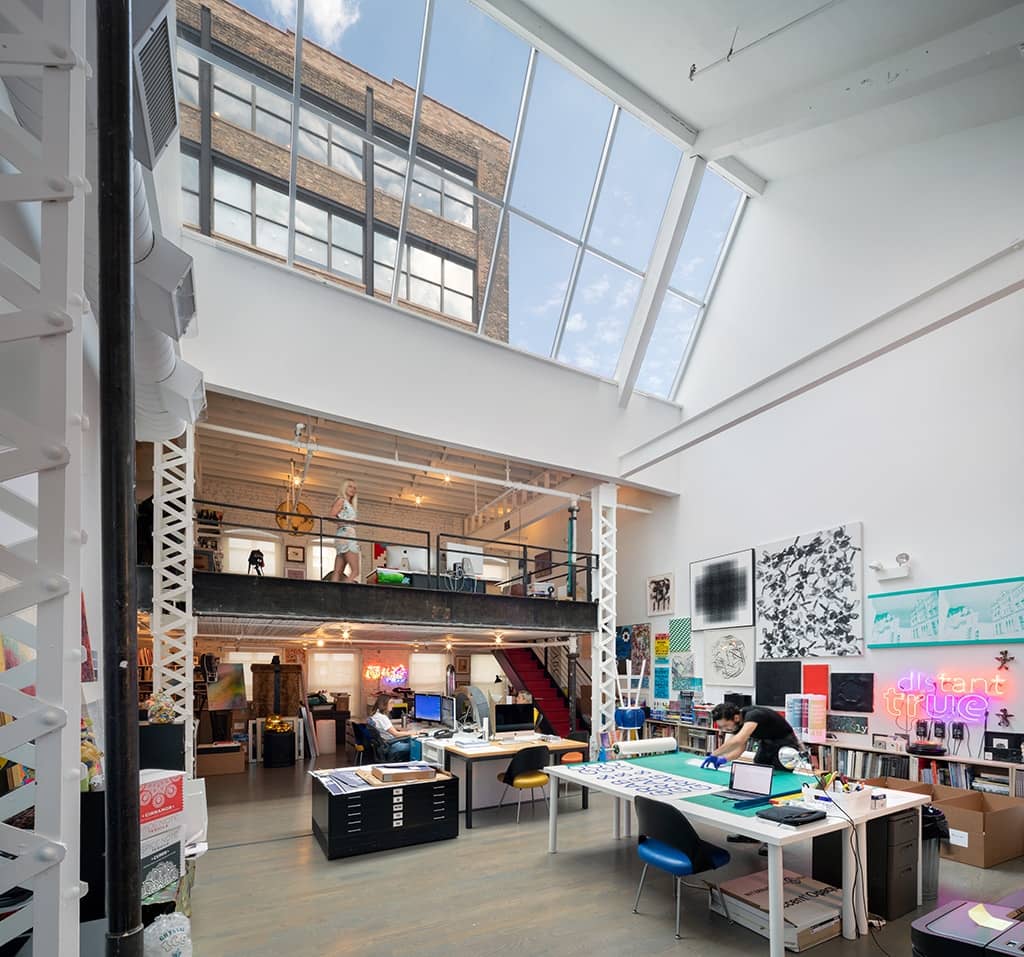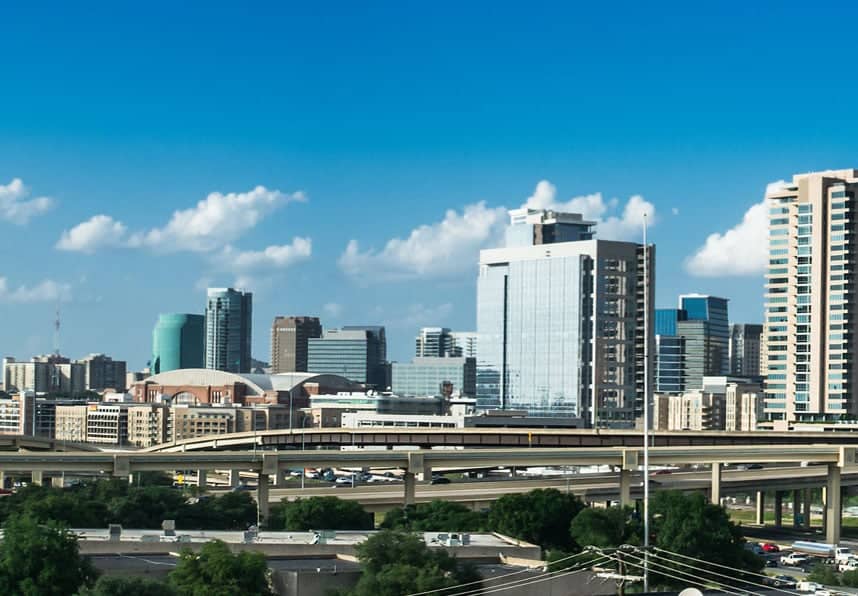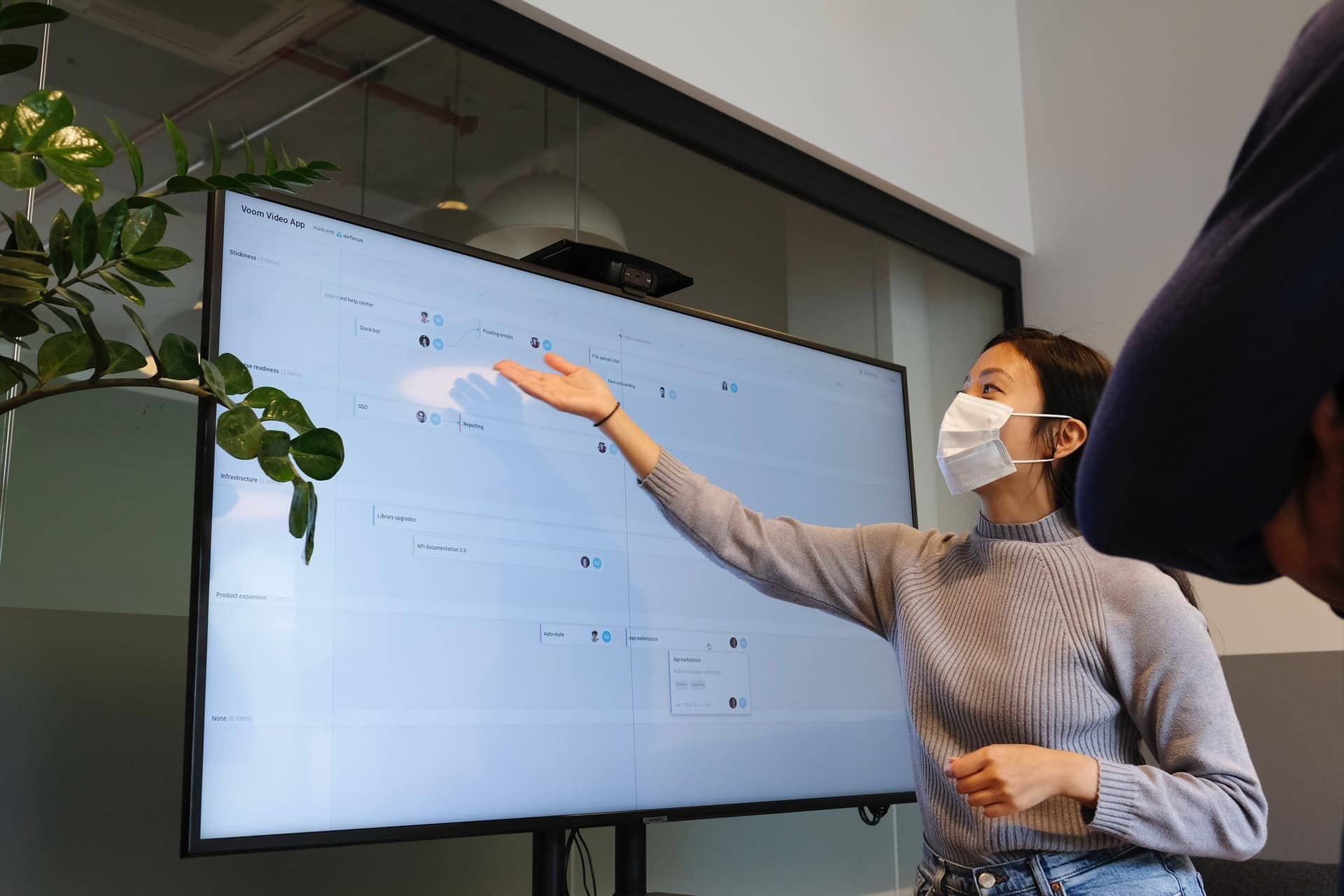To complicate matters further, because we’ve only just begun to emerge from the pandemic, unpredictability is widespread. As the 2021 VTS Global Office Landlord Report explains, “in the short-term, industry leaders will need to become comfortable with uncertainty.”
Here are the three keys to tenant satisfaction in the post-pandemic era.
First, make them feel safe and secure
Health and safety concerns are widespread, and additional strains such as the Delta variant may leave tenants feeling unsure.
The ongoing nature of the pandemic is reflected in our job totals. Why is it that so many jobs remain open at the very same time so many people are out of work? A study posted in late June by the Indeed Hiring Laboratory found that about 25% of the unemployed were not hurrying back to work because they feared COVID-19.
Given the challenges represented by the pandemic, employees want to feel safe and secure in office settings. They want to see that organizations and commercial buildings are continuing to operate with the appropriate awareness, not only to retain current employees, but to attract the best available talent. As a result, look for such strategies as office designs that emphasize social distancing, one-way entries and exits, plastic shields when dealing with the public, more space per employee, staggered hours in large organizations, and more flexible work schedules.
Second, develop site-specific initiatives and amenities
Government figures show that there were an estimated 9.3 million job openings in April, as well as 9.2 million unemployed. Despite millions of job openings, large numbers of individuals are not returning to the workforce.
The result is that we’re now in the era of labor shortages and signing bonuses. It’s not just restaurants, hospitals and trucking lines that are fighting for workers, it’s a whole slew of industries and professions. The battle for talented employees is on, and labor has a lot more leverage than it did pre-pandemic.
Some of this leverage can be seen with the so-called “quits levels” tracked by the Bureau of Labor Statistics (BLS). There’s been a visible surge in the number of workers leaving established jobs. According to the BLS, roughly 2.9 million employees left their jobs in pre-pandemic December 2019, a figure that topped 4 million in April of this year.
Tenant satisfaction can be defined in many ways, and keeping employees happy has always been part of the mix. What’s different this time is that employees have more options — especially the talented and those with specialized skills, the very workers most in demand.
In practice, the new labor market means that tenants and property owners must develop site-specific initiatives and amenities to make traditional office settings visibly safer, convenient and alluring for tenants, tenant employees, and visitors. Accenture Tower, a KBS owned property at 500 West Madison Street in Chicago, exemplifies this trend.
As the Windy City’s first and largest full-service mixed-use office and retail space, Accenture Tower features Class-A office space, retail/entertainment, fitness facility, newly renovated tenant lounge, and convenient access to transportation. In fact, the building is perched atop Ogilvie Transportation Center, which makes for convenient commuting to and from the building — especially during Chicago’s legendary chilly winters. By ensuring a high level of satisfaction among visitors, tenants, office and retail employees, the location is a flourishing ecosystem.
Third, offer a better work-life balance
Much that needs to be done to enhance tenant satisfaction in the post-pandemic era has to do with policies and practices. Old manuals may need to be rewritten to reflect new realities, including the growing shift toward flexible work schedules and work from home (WFH).
The conversation regarding flexible work schedules generally includes an effort to find some balance between working in the office and working at home. Although notions of balance dominate the flexibility issue, there’s a larger context to consider.
As Axios explains, “postponed vacations, holidays in isolation, and back-to-back virtual meetings are taking a toll on millions of American workers.”
Machines wear down over time, and so do people. The real hurdle for many employees is burnout, too many demands and too little time. According to Berkeley Research at the University of California, “burnout happens when we’re asked to do things we can’t do, or facing more daily stress than we can manage. Burnout is more than just having a bad day at work — it’s one bad day after another, a chronic feeling of exhaustion and stress that doesn’t go away.”
The usual solution to a labor shortage — bigger salaries and more benefits — may not work this time around. Many workers increasingly value a better work-life balance over larger checking accounts. An April poll from Blind found that among 3,000 respondents, “64% of professionals prefer permanent work from home over a $30K compensation increase.”
Organizations need to get the WFH issue right because much of the workforce will not accept anything less. As Microsoft reported in March, “with over 40 percent of the global workforce considering leaving their employer this year, a thoughtful approach to hybrid work is critical for leaders looking to attract and retain diverse talent.”
“Embracing extreme flexibility will be critical in retaining and attracting top talent,” said Microsoft. “And, with remote work positions more often preferred by women, Gen Z, Black, and U.S. Latino workers, flexible work is also an amazing opportunity for leaders to create a more diverse workforce, especially as the pandemic subsides and alleviates some at-home responsibilities.”
A big question, of course, is whether the WFH movement results in more productivity.
This is a debatable issue, in part because productivity can be tough to measure. For instance, an April study from the National Bureau of Economic Research projects a “5% productivity boost in the post-pandemic economy due to re-optimized working arrangements.”
Alternatively, Tracy Bower, writing in Forbes, argues that after an initial productivity spurt, “we’re hearing a lot of people are now hitting a wall. They are tired, fed up and burned out. If their productivity was high at first, it has declined as the pandemic has worn on and as the stressors around them have mounted.”
In effect, the definition of tenant satisfaction is much more bespoke than one size fits all. While Twitter says employees can work from home “forever,” other players such as Goldman Sachs and JPMorgan Chase are asking most U.S. workers to return this summer.
Many companies may adopt a hybrid model, where some employees will likely spend two or three days in the office and two or three days at home. New work patterns will also expand the need for such things as flexibility, coworking, shift adjustments, and remote working.
In response to these new realities, office layouts and designs could pivot toward increased size to accommodate and encourage social distancing. Post-pandemic, experts expect 63.1% of companies agreed offices will require more square-feet per worker than pre-COVID 19 levels to maintain proper health guidelines. This means that fewer employees will be concentrated in open areas and more private offices and larger conference rooms.
The adjustments and changes that today seem so different will be viewed as normal and routine in the near future. A key source of tenant satisfaction, they will help bring in and retain valued employees. Soon it will be just another day at the office, an office changed by the pandemic and its aftermath.
Catch up on industry trends, news and conversations at kbs.com/insights, or click here.




